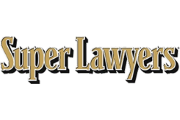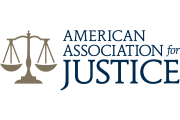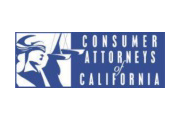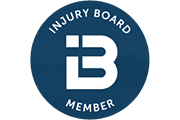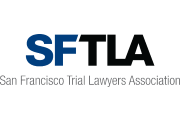As San Francisco pedestrian accident attorneys, we represent many people injured simply because they chose not to drive a car that day, including pedestrians, bicyclists and MUNI passengers. We believe in the use of these alternative transportation methods because of the benefits to our community and to the environment, and we’re actively involved in advocating changes to regulations to make the roads safer for everyone. Our San Francisco fatal injury lawyers believe that by making those who cause personal injuries or wrongful death to pedestrians fully accountable, we improve pedestrian safety. And we believe that by improving pedestrian safety, we will encourage the health of people in our community and improve our environment.
We find people who are hurt while pedestrians are much more comfortable consulting with a lawyer who understands where they’re coming from and who dedicates themselves to improving pedestrian safety and reducing pedestrian injury. Our partners’ years of experience with pedestrian claims and our commitment to pedestrian safety gives our team a tactical advantage over the opposition.
Why not put our many decades of experience to work for you, by communicating directly with one of the skilled San Francisco pedestrian accident lawyers of Choulos, Choulos & Wyle?
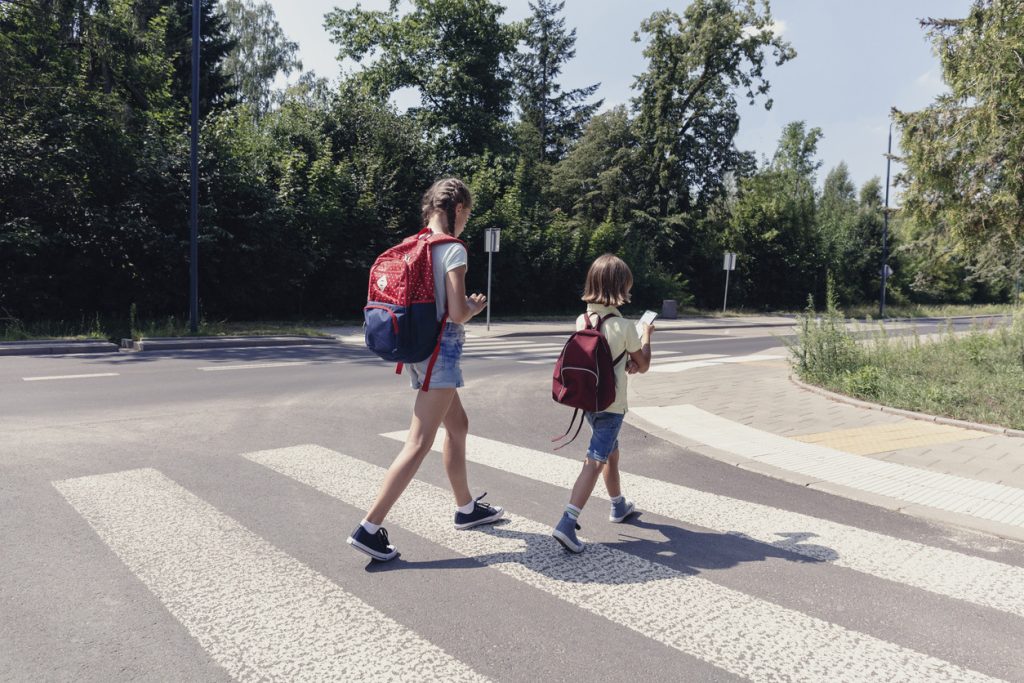
Pedestrian accidents can result in severe and life-altering injuries due to the vulnerability of people on foot when they are struck by vehicles. These incidents often lead to significant physical, emotional, and financial consequences for victims and their families.
Some of the most common pedestrian injuries include:
The California Vehicle Code (CVC) details several laws that are designed to protect pedestrians and regulate their interactions with vehicles on the road. According to CVC 467, a pedestrian is defined as anyone walking, using a motorized assistive mobility device due to inability to walk, or propelling themselves by means other than a bicycle.
Some of the most important pedestrian laws in California are as follows:
When a pedestrian is injured in an accident, they may be entitled to various types of damages. These fall into three main categories: economic damages, non-economic damages, and punitive damages.
Economic damages are quantifiable financial losses resulting from the pedestrian accident. These include:
Non-economic damages are intangible losses that do not have a specific monetary value but significantly impact your life. These include physical pain and discomfort that you may have experienced due to your injuries, as well as permanent impairments. You can also secure damages for psychological trauma, anxiety, depression, or PTSD resulting from the accident.
If you are no longer able to participate in activities or hobbies that you enjoyed before the accident, you can also recover compensation for the loss of enjoyment of life. Your spouse can also recover compensation for loss of companionship, affection, or intimacy due to the injuries.
In cases of extreme negligence or intentional harm, punitive damages may be awarded. These are meant to punish the at-fault party and deter similar behavior in the future. Punitive damages are rare in pedestrian accident cases but may be applicable in situations involving drunk driving or hit-and-run incidents.
If you’re involved in a pedestrian accident in San Francisco, taking the right steps immediately after the incident can significantly impact your health and potential legal case. As you navigate the aftermath, keep the following actions in mind.
Your first priority should be your safety and well-being. Call 911 or ask someone nearby to do so. This ensures that both police and emergency medical services are dispatched to the scene, helping create a record of the crash and connecting you with the treatment that you require.
Even if you feel fine, seek medical attention promptly. Some injuries, particularly internal ones, may not be immediately apparent. A thorough medical examination can detect hidden injuries and provide documentation of your condition.
If your injuries allow, try to gather as much information as possible at the accident scene. Take photos of the accident site, including any visible injuries, damage to personal property, and the vehicle involved. Get contact and insurance information from the driver and contact details from any witnesses.
As soon as possible after the accident, reach out to an experienced pedestrian accident attorney. At Choulos, Choulos & Wyle, our lawyers can help protect your rights and fight for the compensation that you deserve.
Our San Francisco law firm has obtained millions in compensation for victims by proving driver negligence and other causal factors in injury-causing pedestrian accidents throughout the Bay Area. Behind this clear and lengthy track record of success is our San Francisco lawyers’ intense commitment to helping the injured recover and to encouraging a responsible “share the road” mentality among California drivers. Our experience in high-value cases covers both pedestrian crosswalk and sidewalk accidents.
Our San Francisco accident lawyers know firsthand how vulnerable pedestrians are. That is why we are passionate about protecting them and sending a message to drivers that pedestrian safety is of the highest importance.
If you need a proven San Francisco pedestrian accident lawyer who will focus on maximizing the settlement or verdict in your case, please contact us for your free case evaluation. Call Choulos, Choulos & Wyle at (415) 432-7290 or toll free (877) 702-7800 today.
